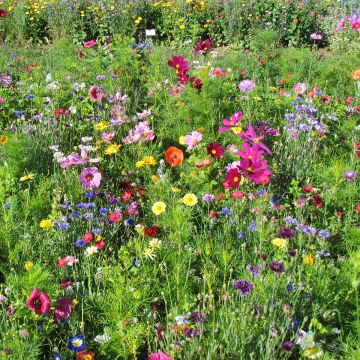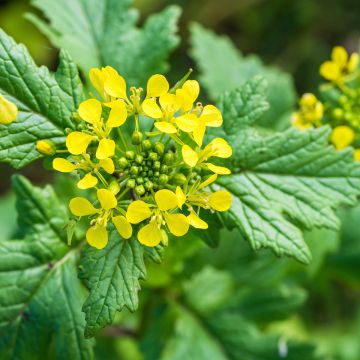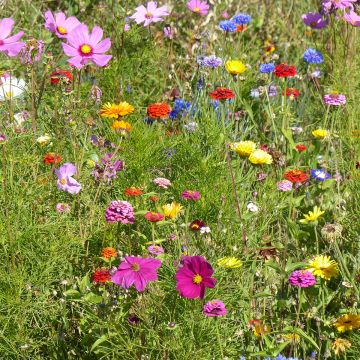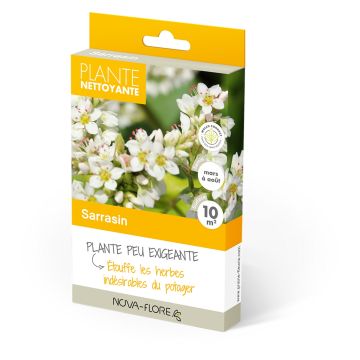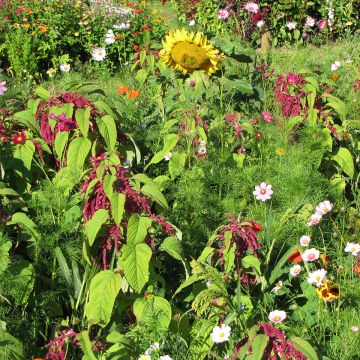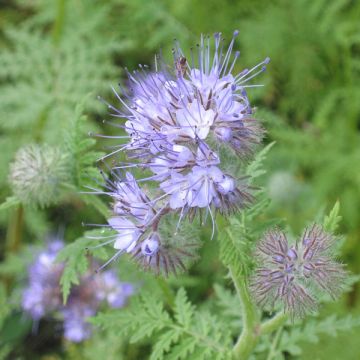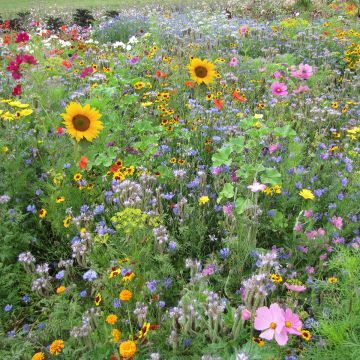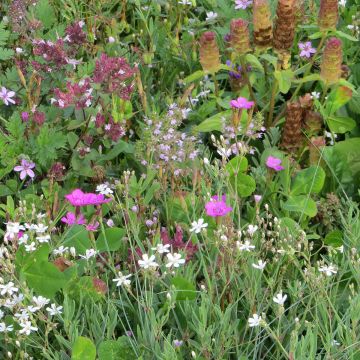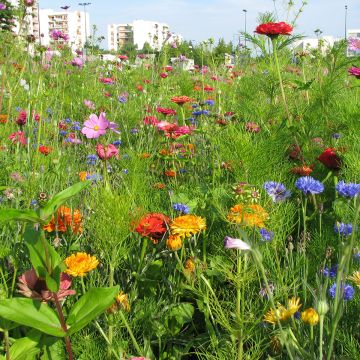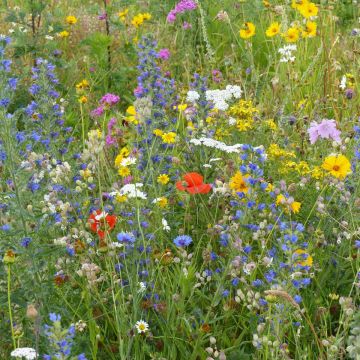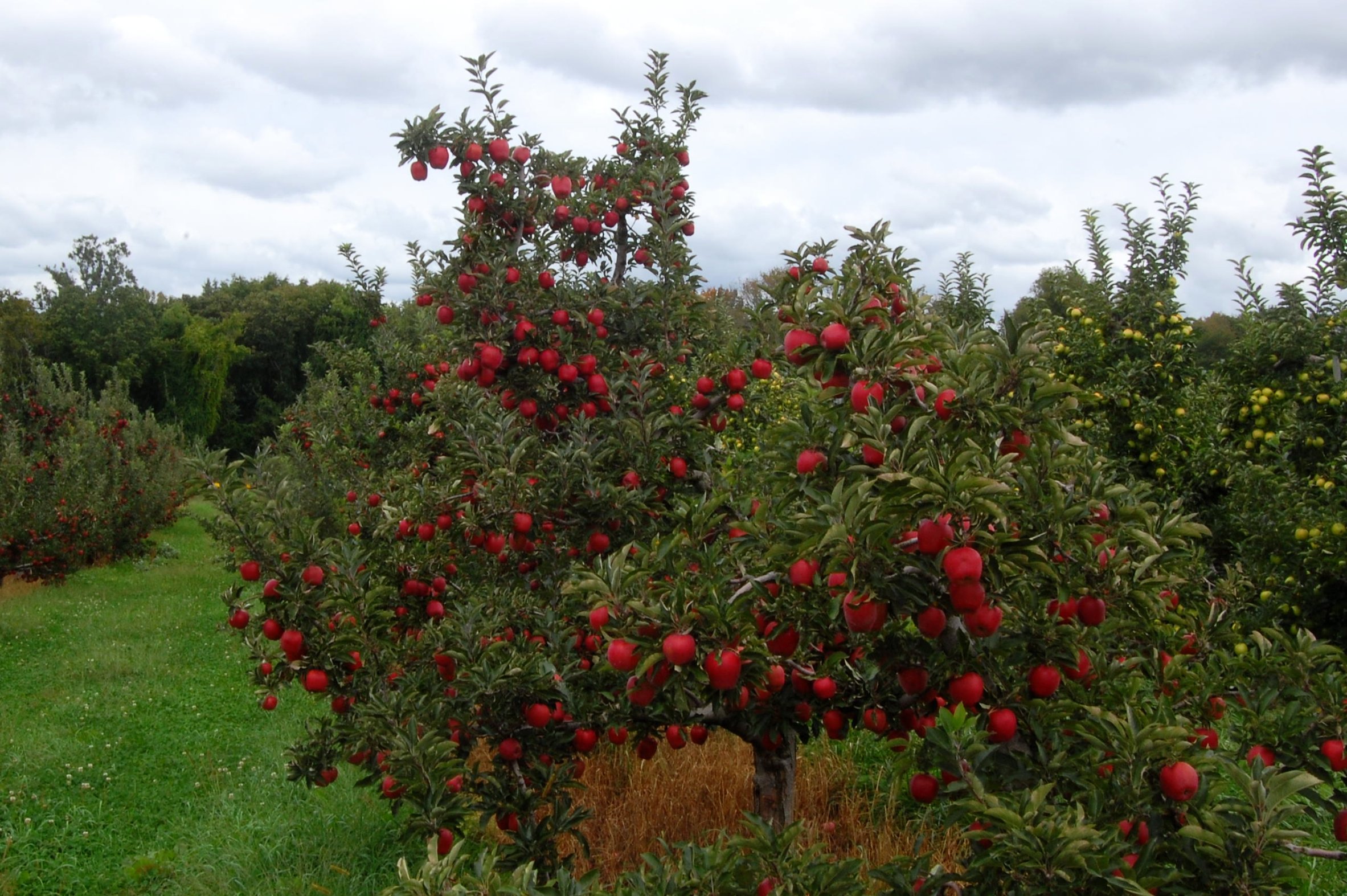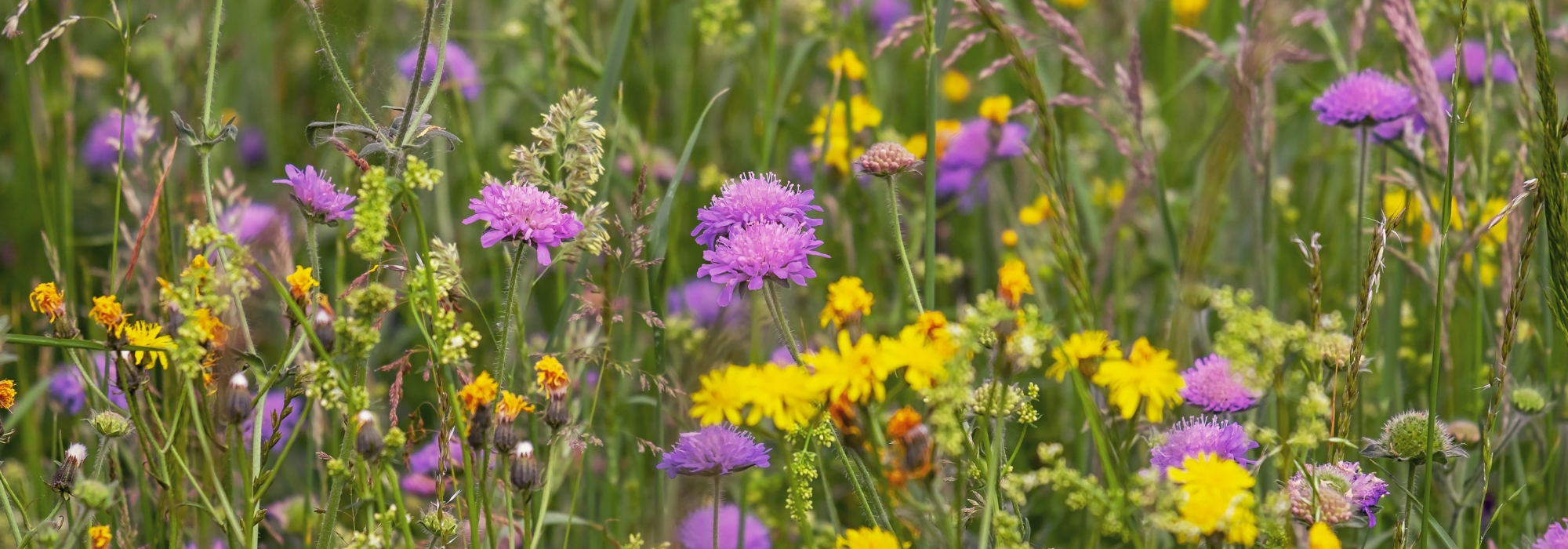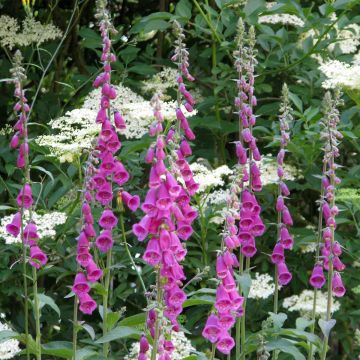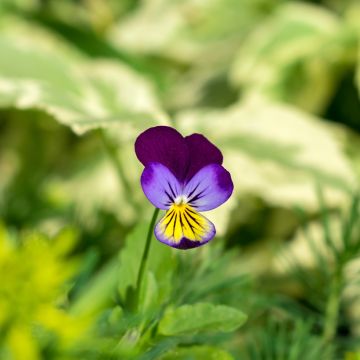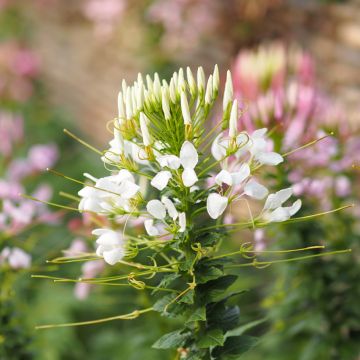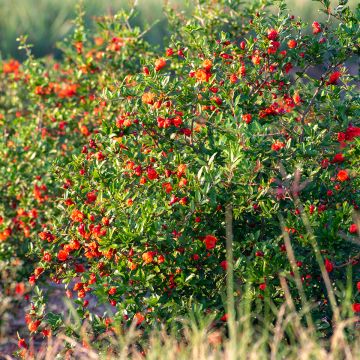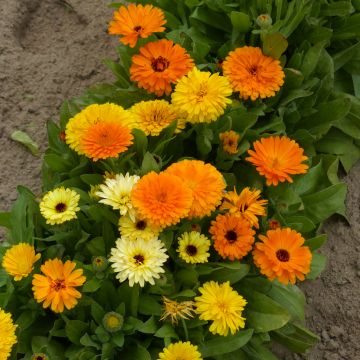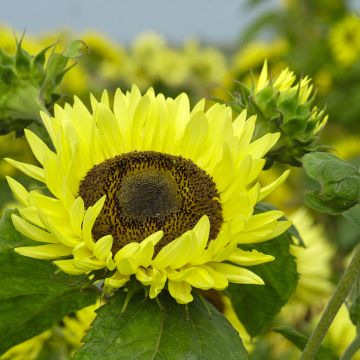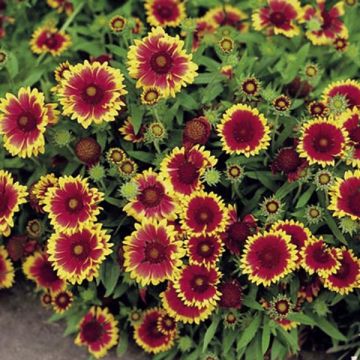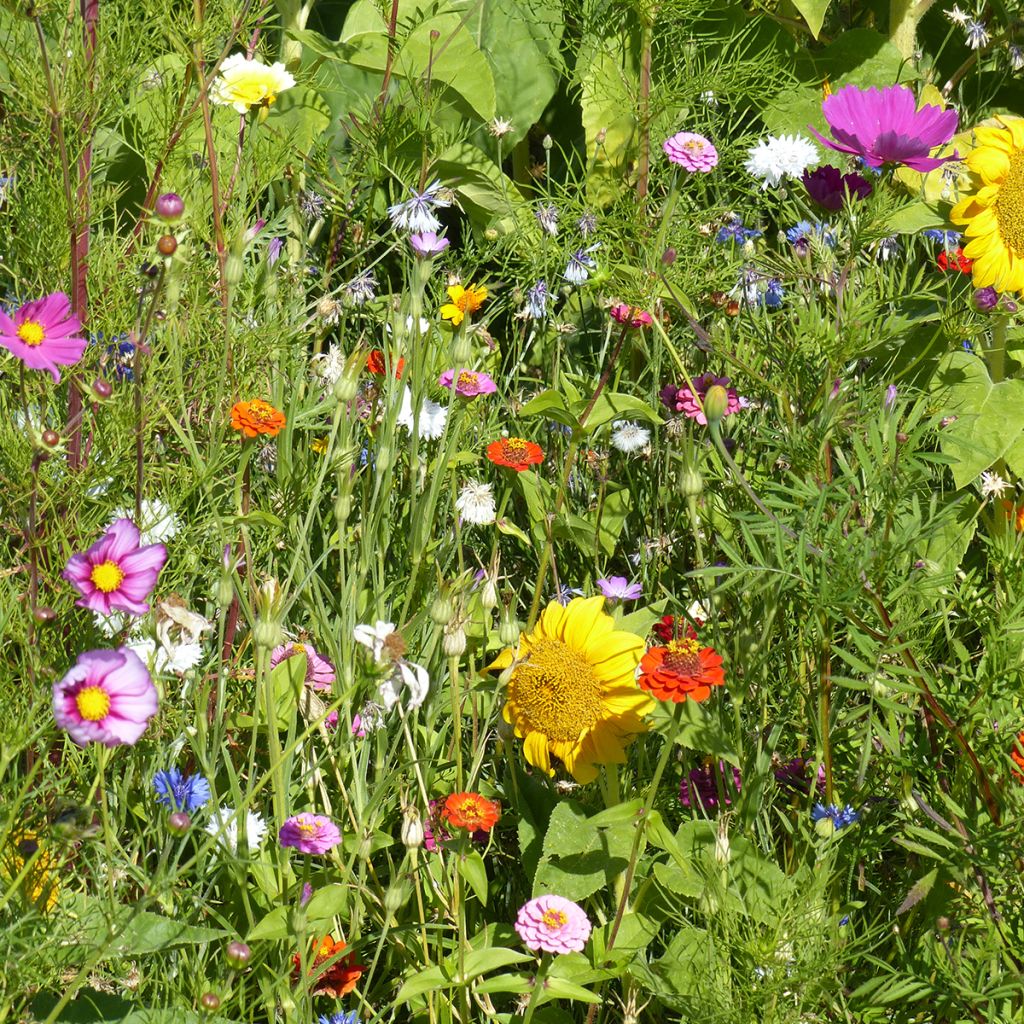

Mix of Flowers for Bees and Pollinators
Mix of Flowers for Bees and Pollinators
Special offer!
Receive a €20 voucher for any order over €90 (excluding delivery costs, credit notes, and plastic-free options)!
1- Add your favorite plants to your cart.
2- Once you have reached €90, confirm your order (you can even choose the delivery date!).
3- As soon as your order is shipped, you will receive an email containing your voucher code, valid for 3 months (90 days).
Your voucher is unique and can only be used once, for any order with a minimum value of €20, excluding delivery costs.
Can be combined with other current offers, non-divisible and non-refundable.
Home or relay delivery (depending on size and destination)
Schedule delivery date,
and select date in basket
This plant carries a 6 months recovery warranty
More information
We guarantee the quality of our plants for a full growing cycle, and will replace at our expense any plant that fails to recover under normal climatic and planting conditions.
Does this plant fit my garden?
Set up your Plantfit profile →
Description
An assortment of annual flowers dedicated to pollinators. This mix will enhance harvests of fruits, vegetables, and honey, while protecting the environment. These plants provide honeybees, bumblebees, carpenter bees, and butterflies with a good source of nectar and pollen. The seeds are suitable for cultivation in ordinary soil and require very little maintenance. Broadcast the seeds directly in place in spring. Choose a sunny spot, in well-loosened and prepared soil. The seeds are of 100% French origin.
This mix consists of 20 species of fast-growing, hardy, and easy-to-grow annual plants. They flower 6 to 8 weeks after sowing. Spread out the flowering by staggering the sowing every month, from March to June, on several plots. Some species are easily naturalised by spontaneous seedlings in ordinary, well-drained soil. The size of the plants varies between 40 and 70cm ((16 and 18in) in height.
The mix includes: knapweed, barbel, chrysanthemum, varied day beauty, cosmos, yellow dwarf sunflower, lavatera, petunia, rudbeckia, zinnia.
This mixture also attracts beneficial organisms such as lacewings, hoverflies, and ladybugs, and pollinators (hymenoptera, bees, hoverflies, bumblebees, carpenter bees, lepidoptera, etc.) of the main vegetable or fruit crops. This will optimise yield. This mix will be particularly useful to gardeners with beehives.
Flower meadows are beautiful. They bloom throughout summer, reduce mowing, promote biodiversity, and grow almost without care. Water if the weather is very dry. Mow 10 to 20cm (4 to 8in) from the ground in autumn.
Report an error about the product description
Mix of Flowers for Bees and Pollinators in pictures
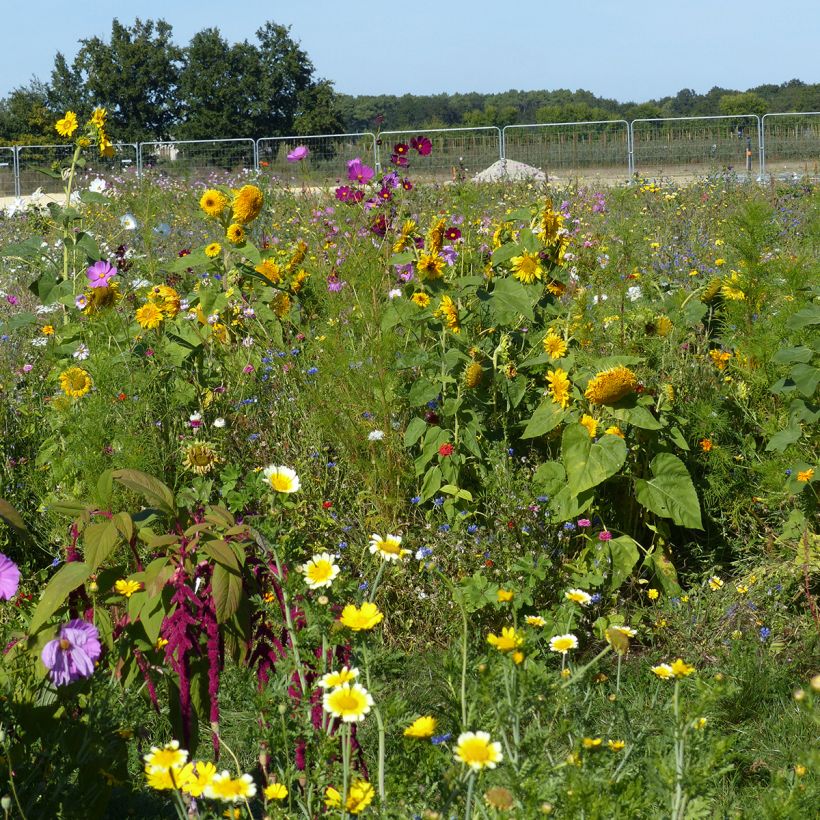

Flowering
Foliage
Plant habit
Botanical data
Cultivar or hybrid
Other Fallows and meadows in flower
View all →Planting and care
Sow from March to June.
Turn over the soil. Refine, rake, and level the ground, and remove pebbles and weeds. Mix the contents of the packet with an equivalent volume of dry sand to obtain a better distribution of the seeds. Broadcast on the surface. Roll or pack the soil to bring the seeds into contact with the soil. Water and keep moist until emergence.
Sow 2 to 3g per m².
Cultivation
At the end of flowering (end of September or beginning of October), mow 10cm (4in) from the ground. Leave the clippings on the ground to encourage new seedlings to develop.
Sowing period
Intended location
Planting & care advice
This item has not been reviewed yet - be the first to leave a review about it.
Similar products
Haven't found what you were looking for?
Hardiness is the lowest winter temperature a plant can endure without suffering serious damage or even dying. However, hardiness is affected by location (a sheltered area, such as a patio), protection (winter cover) and soil type (hardiness is improved by well-drained soil).

Photo Sharing Terms & Conditions
In order to encourage gardeners to interact and share their experiences, Promesse de fleurs offers various media enabling content to be uploaded onto its Site - in particular via the ‘Photo sharing’ module.
The User agrees to refrain from:
- Posting any content that is illegal, prejudicial, insulting, racist, inciteful to hatred, revisionist, contrary to public decency, that infringes on privacy or on the privacy rights of third parties, in particular the publicity rights of persons and goods, intellectual property rights, or the right to privacy.
- Submitting content on behalf of a third party;
- Impersonate the identity of a third party and/or publish any personal information about a third party;
In general, the User undertakes to refrain from any unethical behaviour.
All Content (in particular text, comments, files, images, photos, videos, creative works, etc.), which may be subject to property or intellectual property rights, image or other private rights, shall remain the property of the User, subject to the limited rights granted by the terms of the licence granted by Promesse de fleurs as stated below. Users are at liberty to publish or not to publish such Content on the Site, notably via the ‘Photo Sharing’ facility, and accept that this Content shall be made public and freely accessible, notably on the Internet.
Users further acknowledge, undertake to have ,and guarantee that they hold all necessary rights and permissions to publish such material on the Site, in particular with regard to the legislation in force pertaining to any privacy, property, intellectual property, image, or contractual rights, or rights of any other nature. By publishing such Content on the Site, Users acknowledge accepting full liability as publishers of the Content within the meaning of the law, and grant Promesse de fleurs, free of charge, an inclusive, worldwide licence for the said Content for the entire duration of its publication, including all reproduction, representation, up/downloading, displaying, performing, transmission, and storage rights.
Users also grant permission for their name to be linked to the Content and accept that this link may not always be made available.
By engaging in posting material, Users consent to their Content becoming automatically accessible on the Internet, in particular on other sites and/or blogs and/or web pages of the Promesse de fleurs site, including in particular social pages and the Promesse de fleurs catalogue.
Users may secure the removal of entrusted content free of charge by issuing a simple request via our contact form.
The flowering period indicated on our website applies to countries and regions located in USDA zone 8 (France, the United Kingdom, Ireland, the Netherlands, etc.)
It will vary according to where you live:
- In zones 9 to 10 (Italy, Spain, Greece, etc.), flowering will occur about 2 to 4 weeks earlier.
- In zones 6 to 7 (Germany, Poland, Slovenia, and lower mountainous regions), flowering will be delayed by 2 to 3 weeks.
- In zone 5 (Central Europe, Scandinavia), blooming will be delayed by 3 to 5 weeks.
In temperate climates, pruning of spring-flowering shrubs (forsythia, spireas, etc.) should be done just after flowering.
Pruning of summer-flowering shrubs (Indian Lilac, Perovskia, etc.) can be done in winter or spring.
In cold regions as well as with frost-sensitive plants, avoid pruning too early when severe frosts may still occur.
The planting period indicated on our website applies to countries and regions located in USDA zone 8 (France, United Kingdom, Ireland, Netherlands).
It will vary according to where you live:
- In Mediterranean zones (Marseille, Madrid, Milan, etc.), autumn and winter are the best planting periods.
- In continental zones (Strasbourg, Munich, Vienna, etc.), delay planting by 2 to 3 weeks in spring and bring it forward by 2 to 4 weeks in autumn.
- In mountainous regions (the Alps, Pyrenees, Carpathians, etc.), it is best to plant in late spring (May-June) or late summer (August-September).
The harvesting period indicated on our website applies to countries and regions in USDA zone 8 (France, England, Ireland, the Netherlands).
In colder areas (Scandinavia, Poland, Austria...) fruit and vegetable harvests are likely to be delayed by 3-4 weeks.
In warmer areas (Italy, Spain, Greece, etc.), harvesting will probably take place earlier, depending on weather conditions.
The sowing periods indicated on our website apply to countries and regions within USDA Zone 8 (France, UK, Ireland, Netherlands).
In colder areas (Scandinavia, Poland, Austria...), delay any outdoor sowing by 3-4 weeks, or sow under glass.
In warmer climes (Italy, Spain, Greece, etc.), bring outdoor sowing forward by a few weeks.






























